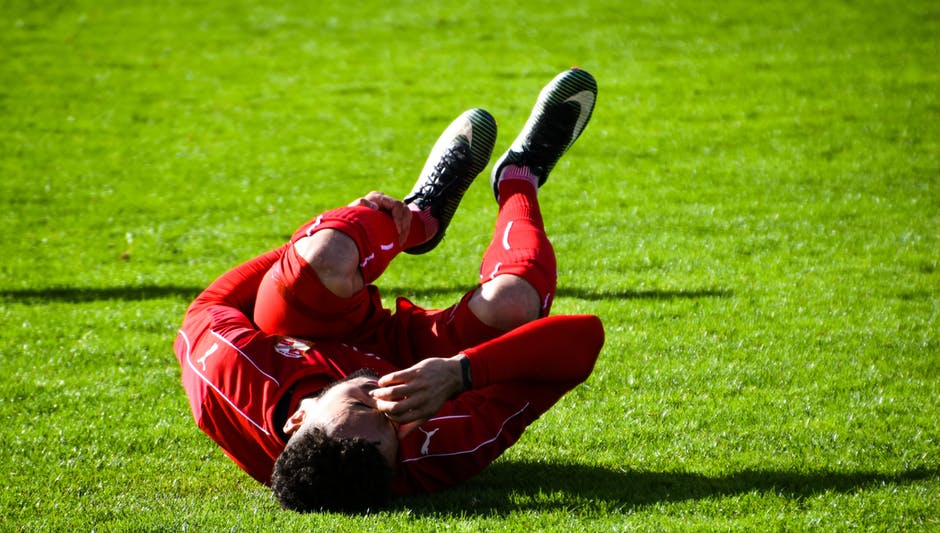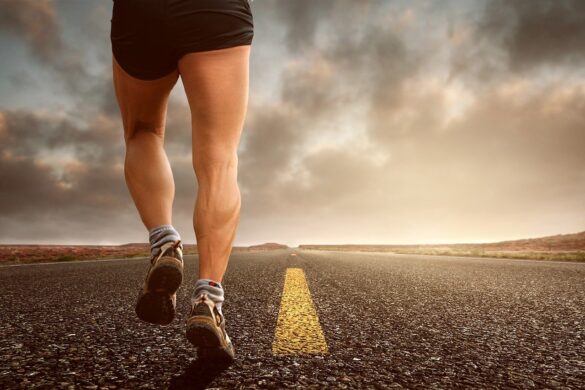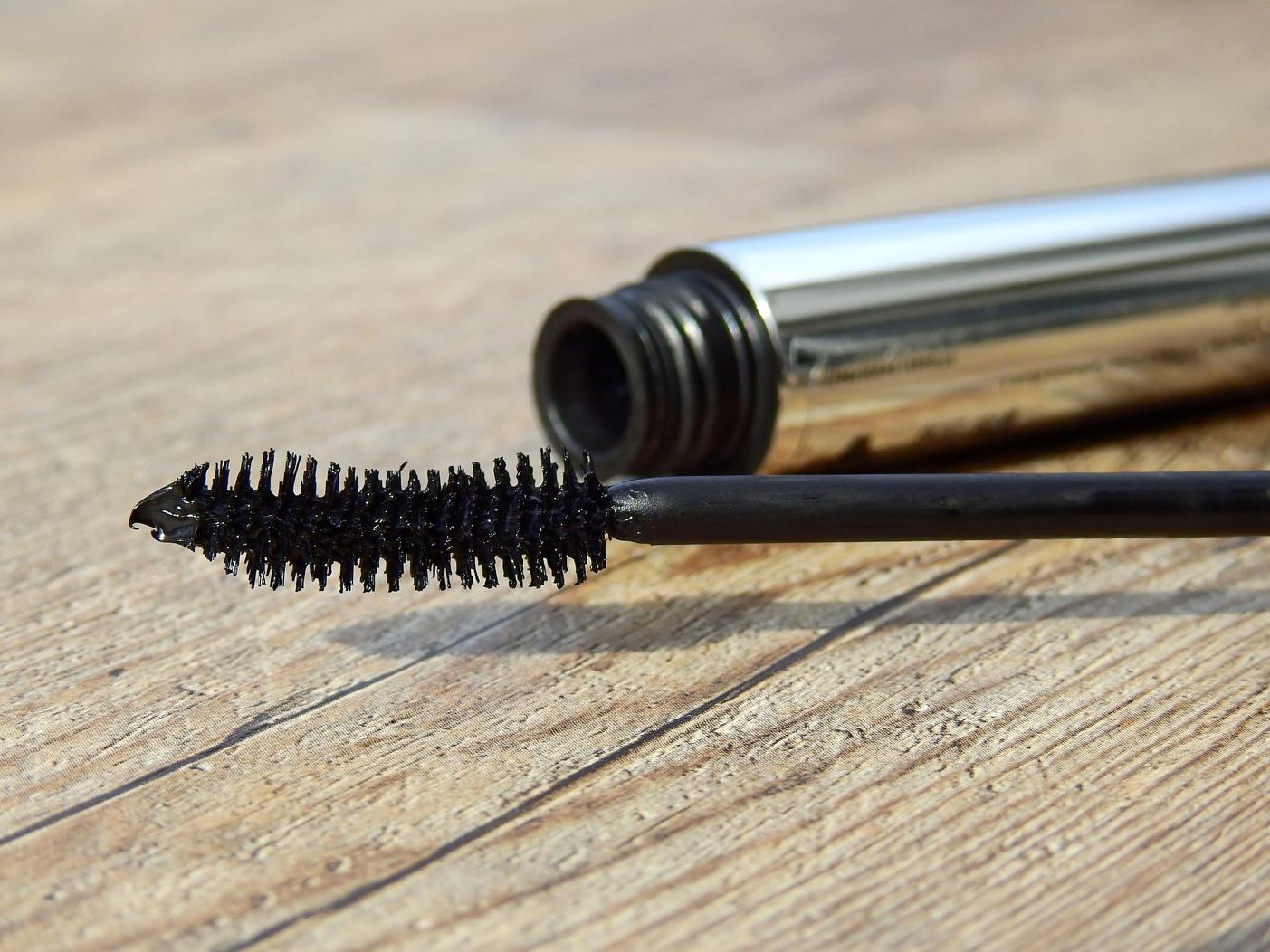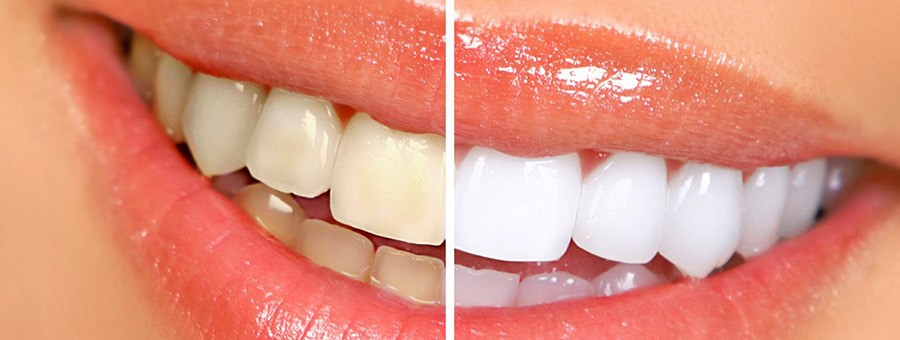If you’re an athlete knowing how to prevent sports injuries is important to your success. Read on to learn how you can stay in the game.
Whether an athlete plays sports professionally or for fun, the likelihood of getting injured drastically increases. How is the sports industry approaching the rise in injuries?

According to the latest stats, high school athletes experience 2 million injuries a year, collectively. 3.5 million children under 14 are treated for sports-related injuries annually. On the whole, 8.6 million sports injuries occur each year.
As expected, professional athletes have some of the highest injury rates. Pro athletes receive 2,000 injuries per 10,000 athletes. Every moment away from the court (or field) counts.
Fortunately, most sports injuries can be treated, but prevention is essential above all else. Coaches are getting serious about safety, and they’re learning how to prevent sports injuries more effectively.
Discover the latest tips for preventing sports injuries, so athletes can play at their very best.
How to Prevent Sports Injuries in Pro Athletes
A lot of the same injury prevention tips for professional athletes overlap with advice for kids, teens, and recreational athletes. However, pro athletes and competitors, like Olympic medalists, have to be extra careful to prevent injuries with physio cairns.
Professional athletes have quick access to sports medicine doctors and physical therapists. These medical experts are often spotted on the TV, attending to injuries on the sidelines. When they’re not diagnosing and treating sports injuries, they’re applying special techniques to prevent them.
Injury prevention is a year-round process for pro athletes. During off-season breaks, athletes are encouraged to train, or at least, keep an active lifestyle. This keeps the muscles and immune system strong, which prevents torn ligaments and hamstring muscles.
Pro athletes are also advised to maintain a consistent strength-training regimen. This should be proceeded and followed by warm-ups and cool-down exercises.
Many star athletes use therapeutic techniques to prevent injuries while on vacation. Massage is a popular therapy option, as well as saunas, Ayurveda routines, and hot tubs. Some athletes go high tech during the off-season and opt for Floatation Tanks, Compex Muscular Stimulation, and even Cryotherapy.
Sports attire and equipment also play a role in injury prevention. Attire should be breathable and not restrict movement. Equipment should be top-of-the-line and tested for quality and safety.
Injury Prevention Tips for Teens
Many pro athletes start shooting for their dreams in their teens, or even younger! But teens can’t reach for the stars without proper nutrition, adequate sleep, and plenty of water. There are three of the most critical prevention tips, and also the hardest for teens to take seriously.
Getting a teen drink water instead of Powerade can as hard as getting a toddler to eat their vegetables. Yet, drinking water is vital for budding sports stars.
The human body is made of 60% water. Water is essential for moving and absorbing nutrients. It keeps bones and joints lubricated, among countless benefits.
There are plenty of stories of high school athletes collapsing on the field from dehydration. Make sure teens are drinking enough water. Parents could even add a little natural fruit concentrate for flavor.
Eat a Healthy Diet
Diet is another crucial prevention tip for teens and pro athletes alike.
Eating healthy means more than just salads, though. Athletes need healthy fats to perform at their best. Studies found that diets comprised of 30% fat, helps lessen the risk of injury, as opposed to fat-free foods.
Healthy fats are just one part of a complete diet. An athlete’s diet also needs plenty of calcium, iron, antioxidants, vitamin B and c, beta-carotene, zinc, and magnesium. These vitamins and minerals can be found in plenty of healthy foods and supplements.
Athletes need a lot of food for energy. They can’t start the morning without breakfast. Skipping eggs, whole-grain toast, oatmeal, and yogurt in the morning will leave athletes too fatigued to train.
Healthy snacks provide much-needed energy boosts between training sessions. Any healthy food that’s high in fat and protein makes a great snack. Trail mix, peanut butter on celery, avocado smoothies, and granola are excellent choices for the gym.
These items should be on every athlete’s shopping list:
- Wild salmon and oily fish
- Kale, bok choy, spinach, and greens
- Beans and legumes
- Seeds and mixed nuts
- Fruit salad
- Steamed vegetables
- Avocados
- Artichokes, oats, and more fiber-rich foods
- Broccoli
There are too many athlete foods to count, but this in the gist of the injury prevention diet. To maintain optimal health, athletes should eat at least 1,800 calories per day.
Don’t Overdo It at the Gym
The most common culprit behind sports injuries is overuse. Both professional and young athletes over exert themselves. There’s not enough time between games to recover from injuries fully. Unfortunately, this leads to chronic pain for working and retired athletes.
One of the best pieces of injury prevention advice is to slow down. During the off season, athletes should stay active, but avoid risking injuries. Recovery is just as important to the muscle-building process as strength-training.
Get Plenty of Sleep
Athletes are notorious for staying at the gym until early hours, but one night of bad sleep can ruin all that hard work. A good night’s sleep speeds up the recovery process and prevents hours of over hours.
Sleep is essential for staying alert, which is critical for pro athletes. One fumbled football at the Super Bowl can tarnish an athlete’s legacy for life. Athletes should get a recommended 8-hours of sleep.
Athletes can take gentle herbal remedies to fall asleep quicker. Chamomile and lavender tea is good for game day nights. There are also natural melatonin supplements to help athletes sleep.
Prevent Sports Injuries for the Start
Young and seasoned athletes should always take sports injuries seriously. Those dreams and careers depend on it.
Learning how to prevent sports injuries is becoming a bigger priority in the industry. What other trends and changes are impacting the world of sports? Check back often for more sports trends, plus other tips and tricks about everyone’s favorite topics.









